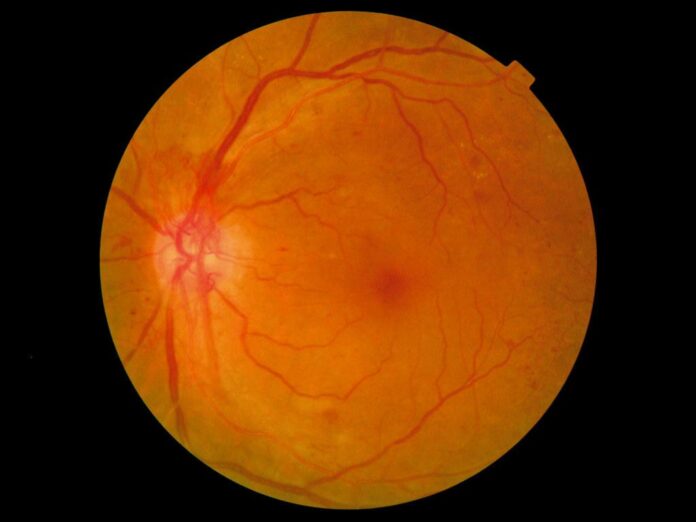
Proliferative retinopathy is a serious complication of diabetes that can lead to vision loss if not properly managed. Understanding the causes and symptoms of this condition is crucial in order to prevent permanent eye damage.
Diabetes is a chronic disease that affects the body’s ability to regulate blood sugar levels. High levels of blood sugar can damage the blood vessels in the body, including those in the eyes. Proliferative retinopathy occurs when the blood vessels in the retina, the light-sensitive tissue at the back of the eye, become damaged and leak fluid. This can lead to the growth of abnormal blood vessels, which can eventually bleed and cause scarring in the retina.
The exact cause of proliferative retinopathy is not fully understood, but researchers believe that prolonged high blood sugar levels play a significant role in the development of this condition. Other risk factors for proliferative retinopathy include high blood pressure, high cholesterol, smoking, and a family history of diabetes or eye disease.
Symptoms of proliferative retinopathy can vary depending on the severity of the condition. In the early stages, there may be no symptoms at all. As the condition progresses, however, individuals may experience symptoms such as:
– Blurred vision
– Floaters, or dark spots in the field of vision
– Sudden loss of vision
– Difficulty seeing at night
– Presence of blind spots in the visual field
If left untreated, proliferative retinopathy can lead to severe vision loss and even blindness. That’s why it’s important for individuals with diabetes to have regular eye exams to monitor their eye health and catch any signs of retinopathy early on.
Treatment for proliferative retinopathy typically involves laser surgery to seal off and shrink the abnormal blood vessels in the retina. This procedure, known as panretinal photocoagulation, can help prevent further damage to the retina and preserve vision. In some cases, additional treatments such as injections of anti-vascular endothelial growth factor (anti-VEGF) medications may be necessary to further control the abnormal blood vessel growth.
In addition to these treatments, individuals with proliferative retinopathy may need to make lifestyle changes to better manage their diabetes and prevent further damage to their eyes. This can include monitoring blood sugar levels regularly, eating a healthy diet rich in fruits and vegetables, exercising regularly, and taking medications as prescribed by their healthcare provider.
In conclusion, proliferative retinopathy is a serious complication of diabetes that can lead to vision loss if not properly managed. Understanding the causes and symptoms of this condition is crucial in order to prevent permanent eye damage. By monitoring blood sugar levels, attending regular eye exams, and following a healthy lifestyle, individuals with diabetes can reduce their risk of developing proliferative retinopathy and protect their vision for the long term. If you experience any symptoms of retinopathy, such as blurred vision or floaters, be sure to contact your eye care provider promptly for further evaluation and treatment.












